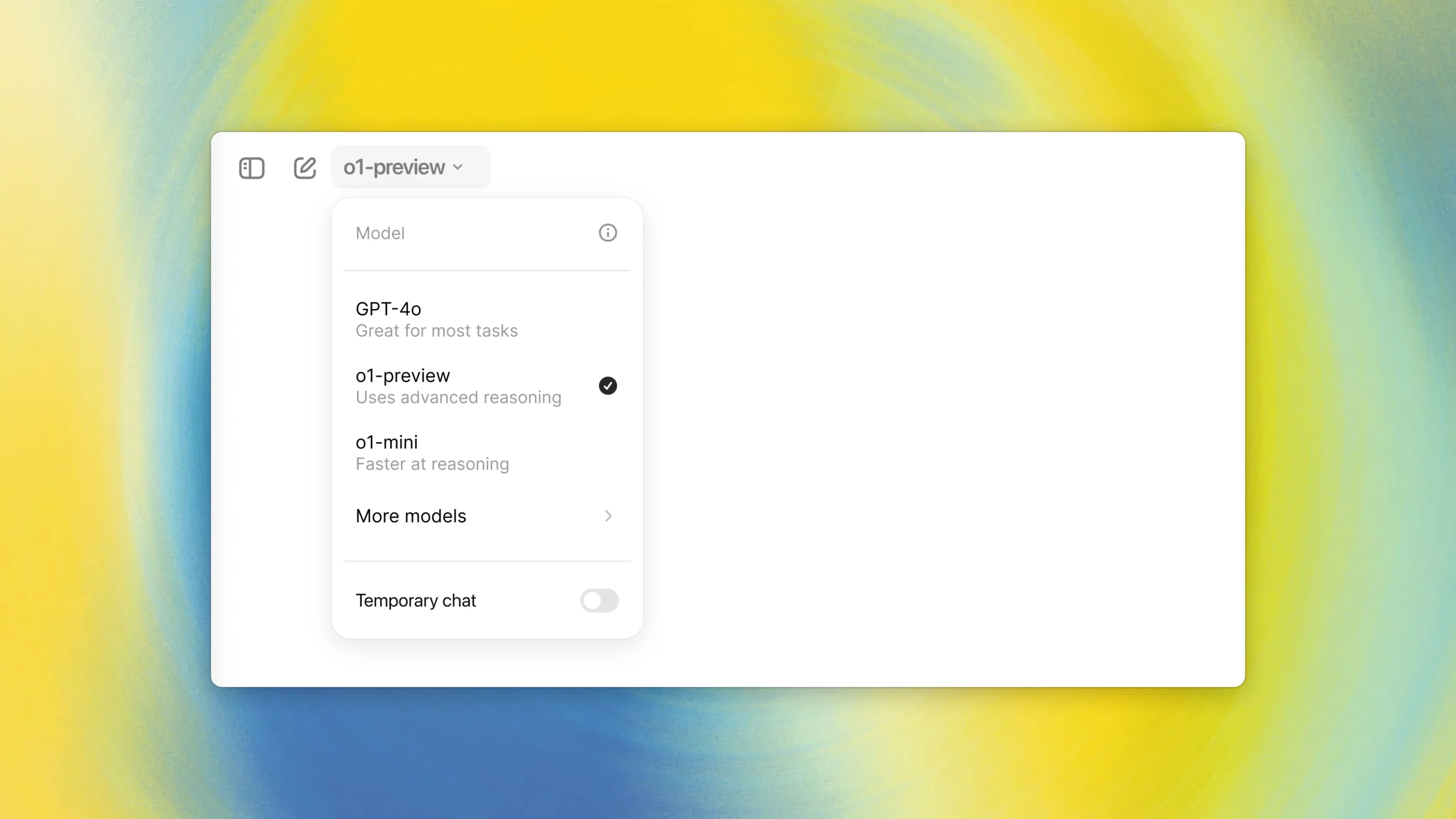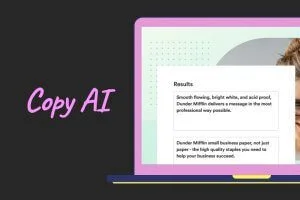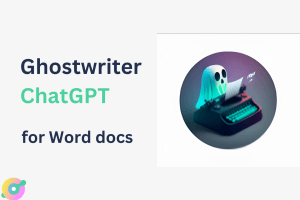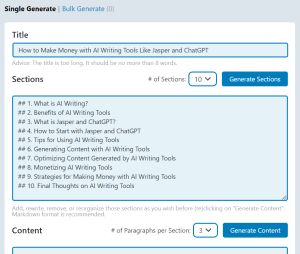OpenAI Unveils New Reasoning Models
AI is taking a big leap forward. OpenAI has just released a new series of models that can tackle complex tasks better than ever before. These models are designed to think more deeply before giving answers.
Starting September 12, 2024, you can try out these new AI tools in ChatGPT and through OpenAI’s API (Limited access). They’re especially good at handling tough problems in science, coding, and math.
This is just the beginning – OpenAI plans to keep improving these models over time.
Want to see what these new AI models can do? You’ll be amazed at how they can break down difficult questions and come up with smart solutions.

How o1 thinks
OpenAI’s new o1 models take more time to process complex problems. They think through challenges step-by-step, like humans do. This careful approach helps them find better solutions.
The o1 models have shown impressive results. They can solve tricky physics, chemistry, and biology problems as well as PhD students. In math, they’re even better. An o1 model got 83% of International Mathematics Olympiad questions right. That’s way higher than the 13% scored by an earlier AI.
These AIs are great at coding too. They ranked in the top 11% of contestants in Codeforces competitions. This puts them ahead of many skilled human programmers.
Right now, o1 models focus on reasoning tasks. They can’t do some things other AIs can, like searching the web or looking at pictures. But for tough thinking jobs, they’re a big step forward.
OpenAI sees o1 as the start of a new era in AI. That’s why they’ve named it “o1” – it’s the first in a brand new line of smart computer programs.
Safety measures for AI models

AI models are getting smarter. The new o1 series from OpenAI shows big steps forward in safety. These models can think about safety rules while they work. This makes them better at following the rules.
One key test for AI safety is how well it resists “jailbreaking.” This means trying to trick the AI into breaking rules. The new o1-preview model did much better on this test than older models. It scored 84 out of 100, while the older GPT-4 only got 22.
OpenAI didn’t stop there. They’ve made their safety work stronger in other ways too:
- Tough testing using their Preparedness Framework
- Top-notch red teaming to find weak spots
- Board-level reviews, including a special safety committee
OpenAI is also working with governments on AI safety. They’ve made deals with AI safety groups in the U.S. and U.K. As part of this, they let these groups test an early version of the o1 model. This helps set up a way to check future AI models before they go public.
By thinking about safety from the start, OpenAI aims to make AI that’s not just smart, but also trustworthy. This matters a lot as AI keeps getting more powerful.
Who can benefit from o1 models?
- AI researchers in healthcare can use o1 to analyze complex cell data.
- Physicists can generate intricate formulas for quantum optics.
- Developers across fields can build multi-step workflows.
o1 shines when tackling tricky problems in science, coding, and math. Its enhanced reasoning helps you break down complex tasks into manageable steps.
You’ll find o1 useful if you work on projects requiring deep analysis or multi-stage planning. It excels at tasks too complex for standard AI models.
O1-mini: A faster and cheaper reasoning model
To cater to more users, OpenAI has introduced a new model called o1-mini. This model is part of the o1 series, which is great at creating and fixing complex code. O1-mini is designed to be a more efficient option for developers.
O1-mini is faster and less expensive than its bigger cousin, o1-preview. It costs 80% less, making it a smart choice for projects that need reasoning skills but don’t require extensive knowledge about the world.
This model shines in coding tasks. It can help you write and debug code quickly and accurately. If you’re working on a project with a tight budget, o1-mini could be the perfect tool for you.
OpenAI’s new models are changing the game for developers. With o1-mini, you get a powerful AI assistant that won’t break the bank.
OpenAI o1 pricing
o1 pricing
| Model | Pricing (Input Tokens) | Pricing (Output Tokens) |
|---|---|---|
| o1-preview | $15.00 / 1M input tokens | $60.00 / 1M output tokens |
| o1-preview-2024-09-12 | $15.00 / 1M input tokens | $60.00 / 1M output tokens |
o1 mini pricing
| Model | Pricing (Input Tokens) | Pricing (Output Tokens) |
|---|---|---|
| o1-mini | $3.00 / 1M input tokens | $12.00 / 1M output tokens |
| o1-mini-2024-09-12 | $3.00 / 1M input tokens | $12.00 / 1M output tokens |
So, while o1 is ridiculously expensive, its mini version is at par with similar models such as Claude 3.5 Sonnet.
How to access and use OpenAI o1
OpenAI’s o1 models are now available for different user groups.
If you’re a ChatGPT Plus or Team user, you can start using o1 right away. Just pick either o1-preview or o1-mini from the model options.
Keep in mind there are weekly limits –
- 30 messages for o1-preview and
- 50 for o1-mini.
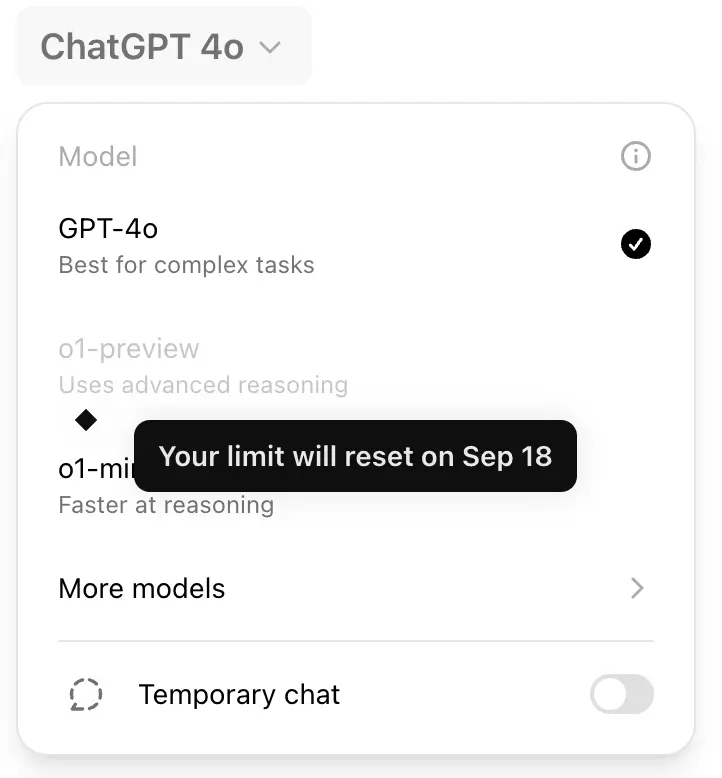
For ChatGPT Enterprise and Edu users, you’ll get access to both models next week ( September 19, 2024.).
Developers at API usage tier 5 can begin testing with a limit of 20 requests per minute. The API currently lacks some features like function calling and streaming.
Good news for ChatGPT Free users – o1-mini access is coming your way soon. OpenAI is working to boost limits and add more features over time.
To get started with o1:
- Log into your ChatGPT account
- Upgrade to a Chatgpt Plus account if you haven’t
- Look for the model picker
- Select o1-preview or o1-mini
- Start chatting within your weekly limit
Remember, o1 models are designed to think more before answering. You might notice they take a bit longer, but aim to give more thoughtful responses. Try asking complex questions or giving multi-step tasks to see o1’s reasoning skills in action.
Future developments for OpenAI’s reasoning models
OpenAI plans to enhance their new reasoning models soon. You’ll see updates to both ChatGPT and the API. These will make the models more useful for everyone.
Look out for new features like browsing and file uploads. You’ll also be able to add images to your interactions. This will expand what you can do with the AI.
OpenAI isn’t stopping with just the o1 series. They’ll keep working on their GPT models too. This means you’ll have more options to choose from as time goes on.
Want to try the new models now? You can test them in ChatGPT Plus or through the API.
Common questions about OpenAI-o1 models
What can OpenAI-o1 and OpenAI-o1 Mini do?
OpenAI-o1 and OpenAI-o1 Mini are new AI models focused on complex reasoning. They aim to tackle difficult problems in areas like research, strategy, and coding.
- Key capabilities:
- Deeper analysis
- Improved problem-solving
- More thoughtful responses
The full OpenAI-o1 likely has broader capabilities than the Mini version, but exact differences are still emerging.
How do OpenAI-o1 models stack up against older versions?
OpenAI-o1 models take a new approach compared to previous GPT models:
- Longer “thinking” time before responding
- Better at complex reasoning tasks
- May outperform GPT-4 on certain problems
However, GPT-4 remains better for most general prompts. The o1 series shines with tougher, analytical challenges.
How can you use OpenAI-o1 models in coding projects?
Specific details are still emerging. Potential coding uses include:
- Complex algorithm design
- Code optimization
- Debugging assistance
- Architectural planning
The models’ strong reasoning skills could be valuable for tackling difficult programming challenges. As API access becomes available, more concrete integration methods will surface.

